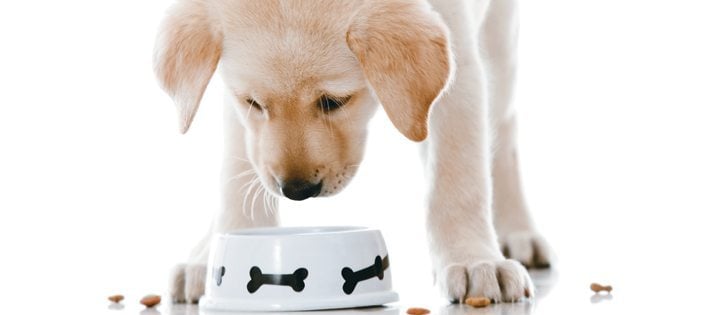Pulse crops are riding the anti-grain wave sweeping the pet world.
Many North Americans are now buying expensive, grain-free food for their pets, based on the notion that grain is unhealthy for cats and dogs.
“It’s exactly like gluten-free…. Instead of saying gluten free, they’re saying grain free,” said Greg Aldrich, a pet nutrition and pet food processing expert at Kansas State University.
“The grain free movement has become an easy way for pet owners to select a food that they think will not cause food hyper-sensitivity.”
Read Also

Canadian Food Inspection Agency red tape changes a first step: agriculture
Farm groups say they’re happy to see action on Canada’s federal regulatory red tape, but there’s still a lot of streamlining left to be done
Aldrich, who is developing a pet food science program at Kansas State, said the grain free movement is pushing pet food formulators away from corn, wheat and soybeans and toward an alternative source of protein and fibre.
Pulse crops are the beneficiaries of this trend and have become a “must have” ingredient in the pet food industry.
“They (pulses) are not in everything yet, (but) they’re in all of the new products coming into the market,” said Aldrich.
He was unsure what percentage of the $23 billion a year U.S. pet food sector is now grain free, but pulses have supplanted grain in many dog and cat formulations.
“Peas and lentils and chickpeas … have become very popular as an alternative to grain,” he said.
“Anything new and different is going to come in as a ‘grain free’ product…. It’s gobbling up the market.”
Carl Potts, executive director of the Saskatchewan Pulse Growers, said Canada’s pulse industry is paying attention to the grain free trend.
“This is one area that we are very interested in and think there’s increased potential for growth,” he said.
“Even a 10 or 15 percent inclusion in that market is a massive amount of product and value.”
Sask Pulse is building relationships with members of the pet food industry and had scheduled meetings with a couple of companies for late May.
Potts said pet food makers are convinced chickpeas, lentils and peas are healthy for dogs and cats, but there are challenges around formulation.
“Some of the key questions, in our mind and industry minds, are there currently some barriers with the functionality of pulse products in pet food applications?” he said.
“(If so), how do we optimize the inclusion levels in the products and get around some of the technical challenges?”
Mike Gallais, general manager with Best Cooking Pulses, which operates pulse processing plants in Portage la Prairie, Man., and Rowatt, Sask., said the company primarily sells peas to pet food companies.
Aldrich said peas and other pulses are now desirable because pet owners have become suspicious of grain.
He said a percentage of pets have dermatitis and other skin conditions, which could be caused by allergies.
“(But) they’re not really an allergy…. They’re more chronic, so we call them a hyper-sensitivity. There’s a belief, by some, that corn, wheat and soy are naturally allergens to the dog or the cat,” he said.
“It’s not true, but there’s a belief.”
The grain free movement may not be based in science, but it won’t abate any time soon, Aldrich said.
Today’s consumers want what they think is best for their pets and will pay a lot for natural, organic or grain free pet food.
“It wasn’t many years ago, if you spent more than $50 on a bag of dog food, people thought you were (bonkers),” Aldrich said.
“Now, it’s not unusual to buy a bag of dog for $100.”
The website www.petfoodindustry.com reported in 2012 that natural pet food and pet care products would reach nearly $10 billion by 2017, up from $4 billion in 2012.
Contact robert.arnason@producer.com
















